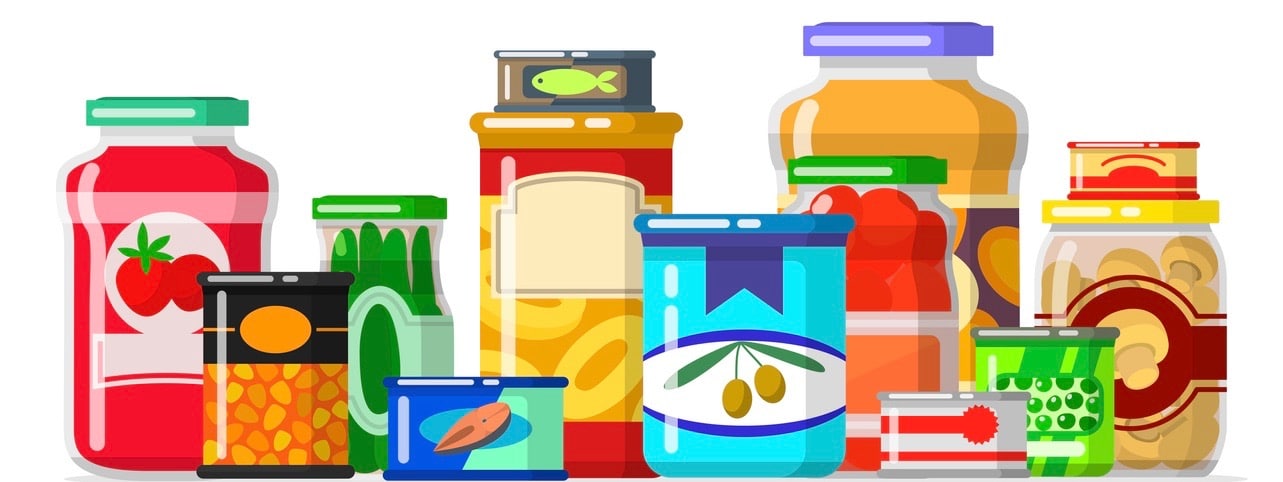The food industry is an ever-evolving space, driven by a combination of shifting consumer preferences, technological advancements, and innovative marketing strategies. One of the most significant changes in recent years has been the rise of food digital marketing, which has radically altered how food brands connect with consumers and how those consumers make purchasing decisions.
In this op-ed, we’ll explore the transformative impact of digital marketing on the food industry, examine the challenges and opportunities that come with these changes, and highlight the role of emerging technologies in shaping the future of food marketing.
The Changing Consumer Landscape
To understand the full impact of digital marketing on the food industry, it’s essential to first consider how consumer behavior has shifted in recent years. In the past, food marketing was largely about selling products based on their taste, quality, and price. However, today’s consumers are more sophisticated, and their decisions are influenced by a broader range of factors, including convenience, sustainability, health consciousness, and personal values.
Consumers now expect more from brands than ever before. They want transparency about the sourcing and production of their food, personalized experiences that cater to their unique preferences, and brands that align with their social and environmental values. This shift in consumer expectations has been facilitated, in large part, by the digital landscape.
The internet has become a primary source of information for consumers looking to make informed food choices. Whether it’s reading online reviews, watching recipe videos on YouTube, or discovering new products through influencer recommendations on Instagram, the digital space plays an increasingly central role in the decision-making process. This means that food brands can no longer rely solely on traditional marketing tactics. They must develop digital-first strategies that engage with consumers across a variety of online touchpoints.
The Role of Social Media in Food Marketing
Social media platforms like Instagram, TikTok, and YouTube have become the dominant spaces for food brands to engage with consumers. The visual nature of these platforms makes them ideal for showcasing food products in a way that’s both appealing and shareable. For instance, fans of Sonic Drive-In often share their favorite menu items, and resources like the Sonic Menu Guide provide detailed insights into their offerings Social media also fosters two-way communication between brands and consumers, allowing for real-time interaction and feedback.
One of the most notable trends in food marketing has been the rise of user-generated content. Consumers are not only passive recipients of brand messaging; they are active participants in shaping the conversation around food products. Whether it’s through sharing photos of their meals, posting reviews, or creating their own food-related content, consumers have become a vital part of the marketing ecosystem.
Food brands are increasingly leveraging user-generated content to build social proof and credibility. For example, brands might repost consumer-created content on their official social media pages, helping to create a sense of community and trust. In turn, this user-generated content often leads to increased brand awareness, higher engagement, and more sales.
Influencer Marketing: A Food Revolution
Influencer marketing has become one of the most lucrative forms of digital marketing in the food sector. With the power to influence consumer behavior, food influencers have become key partners for brands looking to expand their reach. From micro-influencers with niche audiences to macro-influencers with millions of followers, influencers help food brands tap into diverse consumer segments.
The authenticity of influencers is one of the main reasons why this marketing strategy has proven so successful. Unlike traditional celebrities or spokespersons, influencers have cultivated a sense of intimacy and trust with their followers. When they endorse a food product, it’s often perceived as a more genuine recommendation than a paid advertisement. This is particularly true when influencers share their own experiences with a product, whether it’s showcasing a recipe using a brand’s ingredients or reviewing a new food product.
Food brands, from small startups to established corporations, have capitalized on influencer marketing to raise brand awareness, generate buzz, and increase sales. The impact of influencer partnerships can be profound, especially in the competitive and crowded food space.
E-Commerce and the Direct-to-Consumer Model
The rise of e-commerce has created a new avenue for food brands to reach consumers. Direct-to-consumer (DTC) sales models have become increasingly popular, allowing food brands to bypass traditional retail channels and sell their products directly to consumers through online platforms.
This shift has been particularly evident in the rise of meal kits and subscription-based food services. Companies like Blue Apron, HelloFresh, and Purple Carrot have disrupted the traditional grocery store model by delivering pre-portioned ingredients and recipes straight to customers’ doors. These services leverage digital marketing strategies like SEO, paid search advertising, and social media campaigns to drive traffic to their websites and generate new customers.
E-commerce platforms also enable food brands to gather valuable data about their customers, which can be used to personalize marketing efforts. By tracking customer behavior, brands can offer targeted promotions, recommend products based on past purchases, and create more tailored shopping experiences.
Embracing Technology: AI, Big Data, and Personalization
As technology continues to evolve, food marketers are leveraging advanced tools like artificial intelligence (AI), machine learning, and big data analytics to create more personalized and effective campaigns. AI, for instance, is being used to analyze consumer behavior, predict trends, and optimize advertising spend.
Machine learning algorithms can predict what types of products a consumer is most likely to buy based on their browsing history, past purchases, and even factors like time of day or weather. This level of personalization has revolutionized the way food brands market their products, enabling them to create highly relevant campaigns that drive conversions.
In addition to personalization, AI-powered chatbots have become a popular way for food brands to engage with customers in real time. Whether answering questions about ingredients, providing cooking tips, or assisting with the ordering process, chatbots offer a seamless customer experience that can enhance satisfaction and drive brand loyalty.
The Challenges of Digital Marketing in the Food Industry
While digital marketing presents numerous opportunities for food brands, it also comes with its own set of challenges. The most significant challenge is the sheer volume of competition. With so many brands vying for attention on crowded digital platforms, it can be difficult to stand out. Food brands need to be creative, authentic, and consistent in their marketing efforts to capture consumer attention.
Another challenge is the issue of trust. As more food brands embrace digital marketing, there’s an increasing need to maintain transparency and ethical practices. Consumers are more aware than ever of data privacy concerns, and food brands must be mindful of how they collect and use consumer data.
Conclusion: Navigating the Digital Future
Digital marketing is fundamentally reshaping the food industry. With new technologies and platforms emerging all the time, food brands must remain agile, adapt to changing trends, and keep consumer engagement at the forefront of their strategies. By embracing personalization, leveraging data-driven insights, and maintaining authenticity in their messaging, food brands can continue to thrive in the digital age.
Ultimately, the success of food marketing in the future will be determined by how well brands understand and respond to consumer needs. Those who can combine the power of digital tools with an unwavering commitment to quality, sustainability, and innovation will lead the way in the next generation of food marketing.



